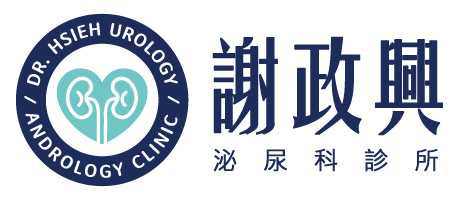何時需要考慮包皮環切手術?
- 國外學者建議若5歲以後仍然包莖,需考慮手術;我們則認為9歲以後仍然包莖,以類固醇藥膏塗抹無效,包皮仍難後翻褪至冠狀溝,再考慮手術。
- 反覆性的包皮龜頭炎,甚至尿路感染時,不論幾歲都需儘快手術。
- 發生過包皮嵌頓。
- 陰莖勃起時,有些人的包皮開口相對較狹窄,僅能褪到龜頭的一半。進行性行為時,包皮如意外被褪下至冠狀溝,此時包皮狹窄處可能造成疼痛撕裂傷;尤其是女方陰道較乾澀、摩擦阻力大時,更容易發生,影響正常性生活。
- 糖尿病患者的周邊末端組織血液循環不良,過長的包皮開口附近皮層常呈蒼白、增厚腫脹、包皮龜裂,容易反覆感染發炎且久治不癒。
- 過長的包皮上如有其它病變,如尖銳濕疣(俗稱菜花)或疱疹,可考慮一併割除。
- 包皮過長不易保持清潔,時常有惱人的怪味道。
- 一般男性發生陰莖癌的比率不高,為預防陰莖癌而割包皮的想法見仁見智。
- 包皮手術可降低得到性傳染疾病的風險,包括人類免疫缺乏病毒(愛滋病毒HIV)、 人類乳突病毒(HPV)、疱疹二型病毒(type 2 HSV)及梅毒(syphilis) (參考文獻1)。
何時不需考慮包皮環切手術?
- 剛出生的嬰兒一般不需手術,除非有其它如宗教的因素。
- 陰莖發育異常(如尿道下裂,需保留包皮當尿道重建的材料)。
- 小孩包莖以類固醇藥膏塗抹後,包皮可翻轉褪下,不一定需要手術。
- 包埋式陰莖(又稱為隱藏式陰莖)。陰莖本體正常,但包埋在下腹部肥厚的脂肪組織裏龜頭也被包皮覆蓋,,因而看起來較短小,此時需要的是飲食控制及減少脂肪。
- 其他原因導致的包埋式陰莖,需另外考慮包皮整型手術。
參考文獻
- Yang SSD, Hsieh CH (謝政興), Chang SJ. Effects of circumcision on urinary tract infection and sexually transmitted disease (包皮環切手術對於尿路感染和性傳染疾病的影響). Tzu Chi Medical Journal. 21(3):185-189, 2009.
摘要: Circumcision is one of the oldest surgical procedures in the world. Despite its history, the medical benefits and risks of circumcision remain controversial. Although neonatal circumcision reduces the development and recurrence rates of urinary tract infection (UTI) in children, routine circumcision is only recommended in children with high risk of UTI. Further large-scale studies are required to prove if topical steroid hormones are
an alternative therapy to circumcision in the prevention of pediatric UTI. In men, it is well-established that circumcision can reduce the risks of transmitting sexually transmitted diseases (STDs), including human immunodeficiency virus (HIV), human papilloma virus, type 2 herpes simplex virus, and syphilis. The World Health Organization and the United Nations Program on HIV/AIDS has recommended promotion of circumcision in areas with a high prevalence of heterosexually transmitted HIV. Since circumcision only partially prevents STD, opponents worry that risk compensation (not using a condom and increased sexual partners) may overwhelmingly reduce the protective effects of circumcision. Parents and patients need to weigh the benefits and risks of male circumcision to make well-informed decisions about this procedure.
